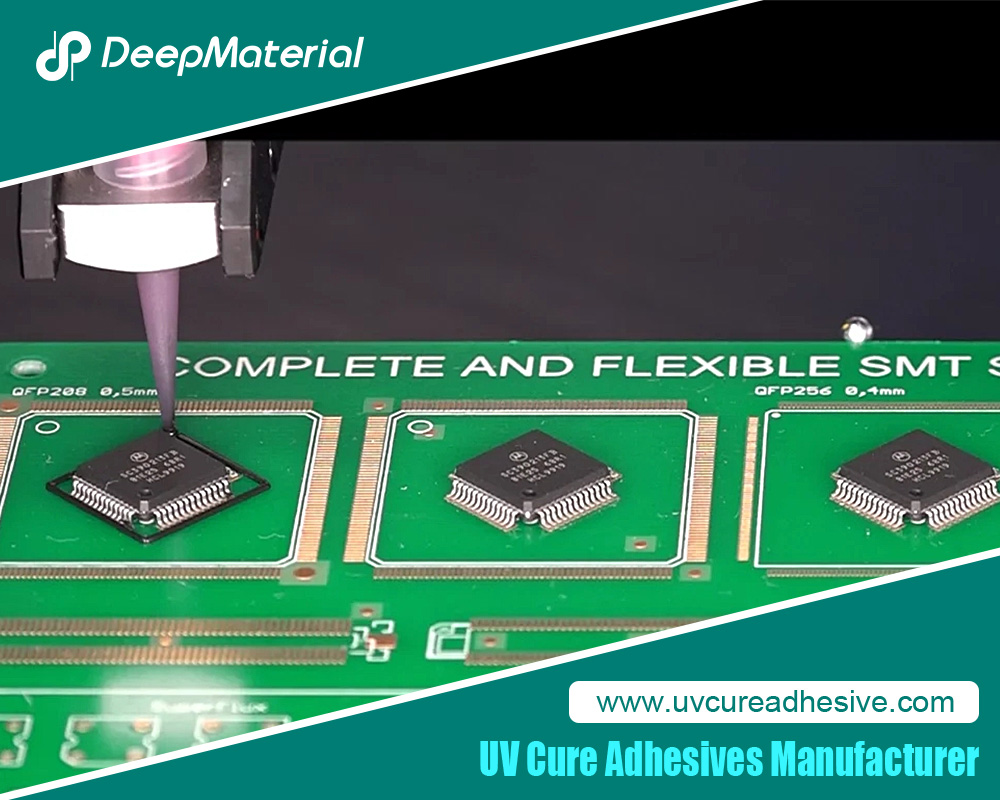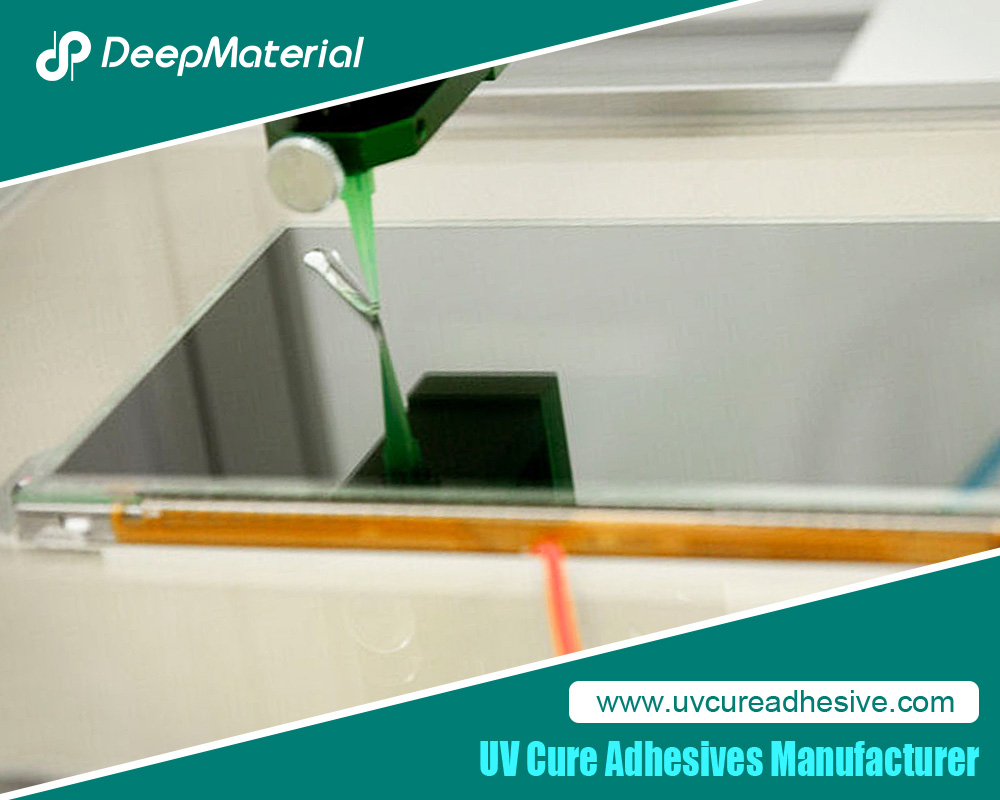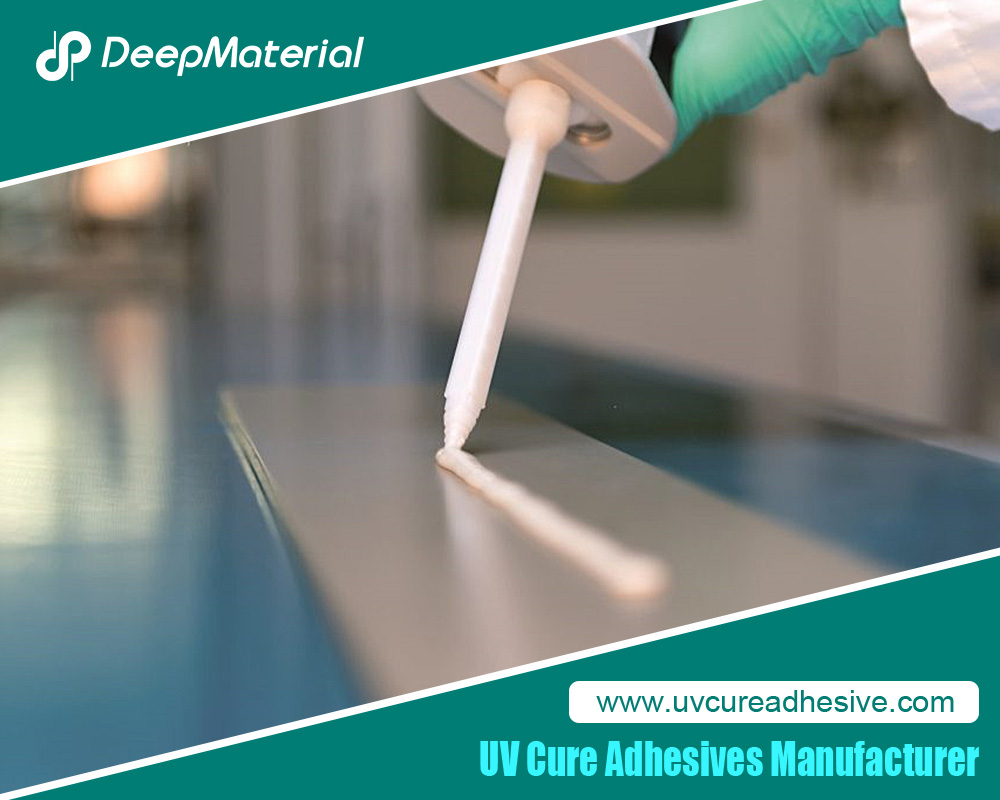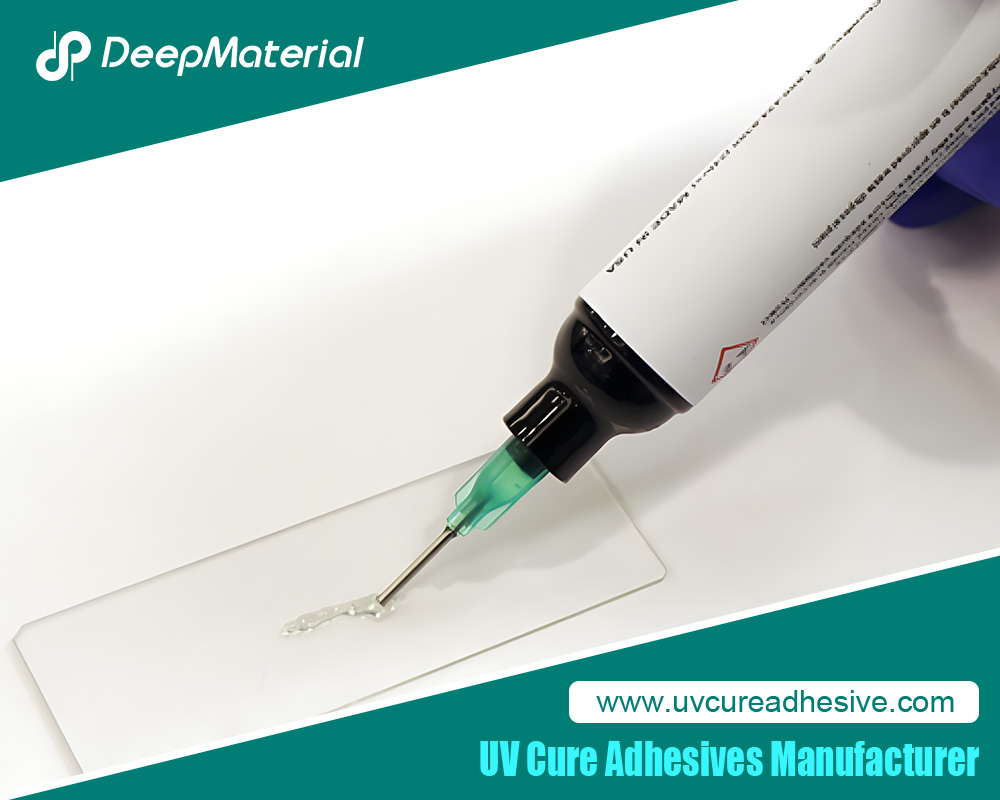Comprehensive Analysis of the Service Life of UV Adhesives for Touch Screens
In today’s digital era, touch screens have become an indispensable interactive interface for various electronic devices. From smartphones and tablets to industrial control panels, the widespread application of touch screens has driven the rapid development of related technologies. In the manufacturing process of touch screens, UV adhesives (ultraviolet curable adhesives) play a crucial role, and their service life is directly related to the performance and reliability of touch screens and even the entire device. This article deeply explores issues related to the service life of UV adhesives for touch screens, including influencing factors, testing methods, and enhancement strategies, providing comprehensive technical references for professionals in related fields.
I. Role and Principle of UV Adhesives in Touch Screens
UV adhesives are single-component, solvent-free adhesives that rapidly undergo polymerization reactions under ultraviolet (UV) irradiation, transforming from a liquid to a solid state for fast curing. In touch screen manufacturing, UV adhesives are primarily used to bond various components of the UV adhesives for touch screens, such as the glass cover plate and the touch layer, or the touch layer and the display layer, serving as fixing, sealing, and protective functions. They feature high optical transparency, ensuring the high definition and touch sensitivity of the touch screen, while also possessing good chemical and mechanical properties to effectively withstand various environmental factors in daily use.
II. Factors Influencing the Service Life of UV Adhesives
(1) Intrinsic Properties of the Adhesive
Chemical Composition: The main components of UV adhesives include photoinitiators, resins, and diluents. High-quality photoinitiators can efficiently initiate polymerization reactions under UV irradiation, enabling the adhesive to cure fully and thus improving its durability. Different types of resins, such as acrylate and epoxy resins, exhibit distinct chemical stability and physical properties, significantly affecting the adhesive’s service life. For example, acrylate-based UV adhesives cure rapidly but have relatively lower temperature resistance, while epoxy-based UV adhesives offer better heat resistance and mechanical strength.
Formula Optimization: Reasonable formula design can balance various properties of the adhesive to improve its service life. Adding appropriate additives such as antioxidants and UV absorbers can effectively delay the aging and degradation of the adhesive during use. Antioxidants inhibit the oxidation of the adhesive by oxygen, while UV absorbers absorb UV rays to reduce their damage to the adhesive.
(2) Curing Conditions
UV Intensity and Time: Sufficient and uniform UV irradiation is critical to ensuring complete curing of the UV adhesive. Inadequate UV intensity or insufficient irradiation time may result in incomplete curing, leading to low bond strength and poor weather resistance, thereby shortening the service life. However, excessive UV irradiation may also cause degradation and yellowing of the adhesive, similarly affecting its service life. Generally, the UV irradiation intensity and time should be precisely controlled according to the adhesive’s characteristics and product requirements to achieve optimal curing results.
Curing Equipment: The performance and stability of curing equipment significantly impact the curing quality and service life of UV adhesives. Issues such as aging of UV lamps or contamination of reflectors may cause uneven distribution of UV intensity, affecting the curing effect. Regular maintenance and calibration of curing equipment to ensure its normal operation are essential measures to guarantee the service life of UV adhesives.
(3) Service Environment
Temperature and Humidity: High-temperature and high-humidity environments accelerate the aging and degradation of UV adhesives. At high temperatures, the molecular motion of the adhesive intensifies, reducing its chemical stability and prone to decomposition and cross-linking reactions. High humidity may cause the adhesive to absorb water, triggering hydrolysis reactions that break the chemical bonds of the adhesive and reduce bond strength. For example, touch screen devices used outdoors may experience significantly shortened UV adhesive service life due to long-term exposure to sunlight and moisture.
Chemical Erosion: Touch screens may come into contact with various chemicals during use, such as cleaning agents, sweat, and oils. These chemicals may react with the UV adhesive, eroding its structure and degrading its performance. Therefore, when selecting UV adhesives, their resistance to potential chemical contacts must be considered, and direct contact between the touch screen and harmful chemicals should be avoided as much as possible during use.
(4) Bonded Materials
Surface Properties of Materials: The surface roughness, cleanliness, and chemical properties of bonded materials all affect the bonding effect and service life of UV adhesives. Rough surfaces can increase the contact area between the adhesive and the material, enhancing bond strength. Conversely, surface impurities such as oil stains and dust may hinder effective bonding between the adhesive and the material, reducing bonding reliability. Additionally, different materials have varying coefficients of thermal expansion (CTE), which may generate stress during temperature changes, causing interface cracking between the adhesive and materials and affecting service life.
Material Compatibility: Compatibility between the UV adhesive and bonded materials is also critical. Poor chemical compatibility may lead to interface separation, debonding, and other issues, severely impacting the performance and service life of touch screens. Therefore, when selecting UV adhesives, thorough compatibility testing should be conducted based on the type and characteristics of bonded materials to ensure good adhesion between the adhesive and materials.
III. Testing Methods for the Service Life of UV Adhesives
(1) Accelerated Aging Tests
High-Temperature Aging Test: Samples coated with UV adhesives are placed in a high-temperature environment (e.g., 80°C–120°C) for a certain period (e.g., 1,000–5,000 hours), after which the adhesive’s performance (e.g., bond strength, hardness, elastic modulus) is tested. By observing changes in these performance indicators, the service life of UV adhesives under high-temperature conditions can be evaluated.
Wet Heat Aging Test: Samples are placed in a damp heat chamber to simulate high-temperature and high-humidity environments (e.g., 85°C temperature, 85% relative humidity). After a certain aging period, the adhesive’s performance is tested. Wet heat aging tests can quickly assess the durability and hydrolysis resistance of UV adhesives in humid environments.
UV Aging Test: A UV aging test chamber is used to irradiate samples with specific wavelengths of UV light (e.g., UVA-340, UVA-351) to simulate natural UV radiation. At different irradiation times, the adhesive’s yellowing degree and bond strength degradation are tested to determine its UV aging resistance and service life.
(2) Practical Use Tests
Long-Term Reliability Test: Touch screen products bonded with UV adhesives are put into actual use, and their performance changes under normal operating conditions are tracked and recorded. This testing method best reflects the service life of UV adhesives in real-world applications, but it has a long testing cycle and high costs, requiring a large number of samples and time accumulation.
Field Application Test: For touch screen devices in special application fields (e.g., industrial control, automotive electronics), application tests can be conducted in actual working sites. By monitoring the equipment’s operation under real working conditions, the bonding effect and performance stability of UV adhesives can be observed to obtain first-hand service life data.
IV. Strategies to Enhance the Service Life of UV Adhesives
(1) Select High-Quality Adhesives
Brand and Quality Certification: Choose UV adhesive products from well-known brands with good reputations and quality certifications. These products typically undergo rigorous R&D and quality control, ensuring better performance and stability. For example, UV adhesives certified by international authoritative organizations (e.g., UL, RoHS) meet relevant standards in environmental protection and reliability, providing a solid foundation for the long-term use of touch screens.
Performance Evaluation and Selection: Based on the specific application requirements and service environment of touch screens, comprehensively evaluate the performance of different UV adhesive models, including bond strength, temperature resistance, humidity resistance, and chemical resistance. Select the most suitable UV adhesive model to avoid service life issues caused by improper selection.
(2) Optimize Curing Processes
Precise Control of Curing Parameters: In the production process, use professional UV intensity measurement equipment and time control systems to accurately control UV irradiation intensity and time. Optimize curing parameters by referring to the curing curves provided by adhesive suppliers and combining actual production conditions to ensure complete curing of UV adhesives while avoiding over-curing.
Maintenance of Curing Equipment: Regularly maintain curing equipment, including cleaning UV lamps, replacing aging lamps and reflectors, and calibrating the equipment’s irradiation intensity. Ensure that the curing equipment remains in good working condition to provide stable and reliable conditions for UV adhesive curing.
(3) Improve Service Environment
Protective Measures: For touch screen devices used in harsh environments, adopt appropriate protective measures, such as adding protective casings and sealing strips, to reduce the impact of external environmental factors on UV adhesives. For outdoor equipment, use casings with UV resistance, water resistance, and dust resistance to protect touch screens and internal UV adhesives from sunlight, rain, dust, and other erosion.
Environmental Control: Where possible, control the service environment to maintain temperature and humidity within appropriate ranges. For example, in industrial control settings, install air conditioners, dehumidifiers, and other equipment to regulate the working environment’s temperature and humidity, thereby extending the service life of UV adhesives.
(4) Surface Treatment and Material Selection
Surface Treatment of Bonded Materials: Before bonding, strictly clean and treat the surface of bonded materials to remove impurities such as oil stains, dust, and oxides. Methods such as chemical cleaning, plasma treatment, and mechanical polishing can be used to improve the surface cleanliness and roughness of materials, enhancing the bonding effect between UV adhesives and materials and thus extending service life.
Material Matching and Compatibility Optimization: When selecting touch screen materials, fully consider the matching of CTE and chemical compatibility between materials. Prefer materials with similar CTE to reduce stress caused by temperature changes. Meanwhile, ensure good chemical compatibility between UV adhesives and bonded materials to avoid interface separation and other issues.
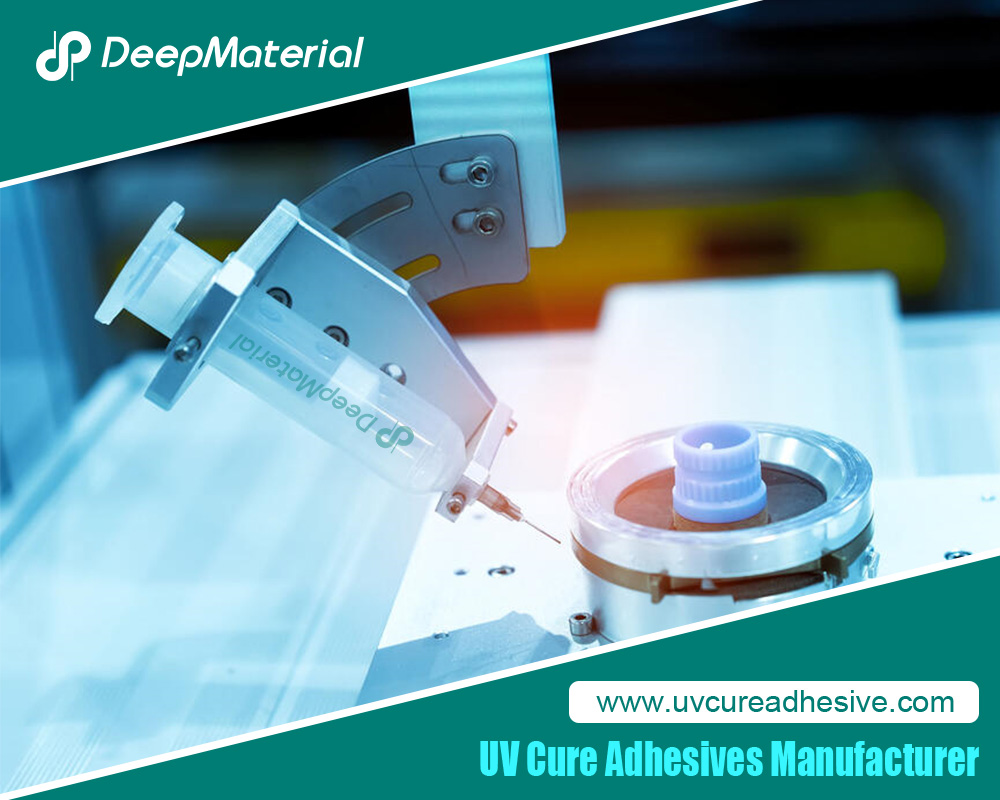
The service life of UV adhesives for touch screens is a complex issue influenced by multiple factors. By deeply understanding these influencing factors, using scientific and reasonable testing methods to evaluate the service life of UV adhesives, and implementing effective enhancement strategies, the performance and reliability of UV adhesives can be significantly improved, ensuring the stability and functionality of touch screens during long-term use. With the continuous development of touch screen technology, the performance requirements for UV adhesives will become increasingly stringent, and research and innovation in related fields will continue to provide strong support for the development of the touch screen industry.
For more about comprehensive analysis of the service life of UV adhesives for touch screens, you can pay a visit to DeepMaterial at https://www.uvcureadhesive.com/ for more info.

